Before the Holocaust, the Jewish community of Eyshishok had a vibrant cultural and religious life. Eyshishok was considered a shtetl. Shtetl is a Yiddish word that refers to a small market town in eastern Europe with a majority Jewish population. Eyshishok was part of Poland when World War II began. However, the area changed hands multiple times during the war. When German forces occupied the town in June 1941, it was part of Lithuania.
In September 1941, German Einsatzkommando 3 and Lithuanian auxiliary forces carried out a massacre in Eyshishok. They shot and killed approximately 3,500 Jews, including most of the town’s residents. In just a few days, the centuries-old Jewish community was destroyed.
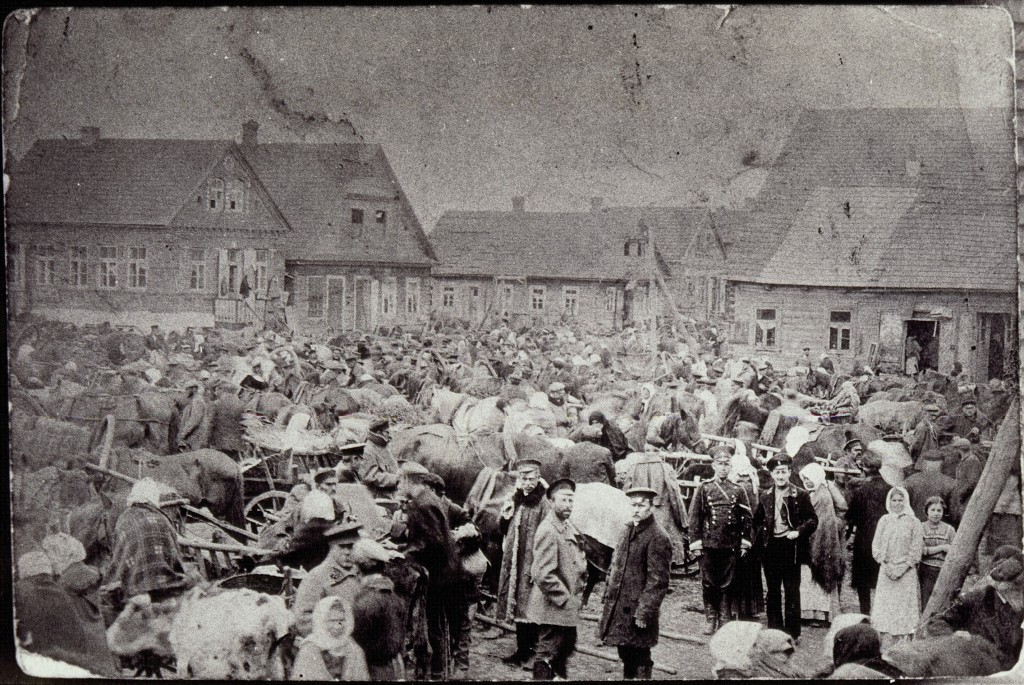
View of residents and horse-drawn wagons on market day in Eyshishok prior to World War I.
Economic life in Eyshishok revolved around the market square and the weekly market that was held there on Thursdays. The marketplace square in the center of town was home to many of the town’s shops and businesses. Clientele included the Jewish and Polish townspeople and the Polish peasants.
Item View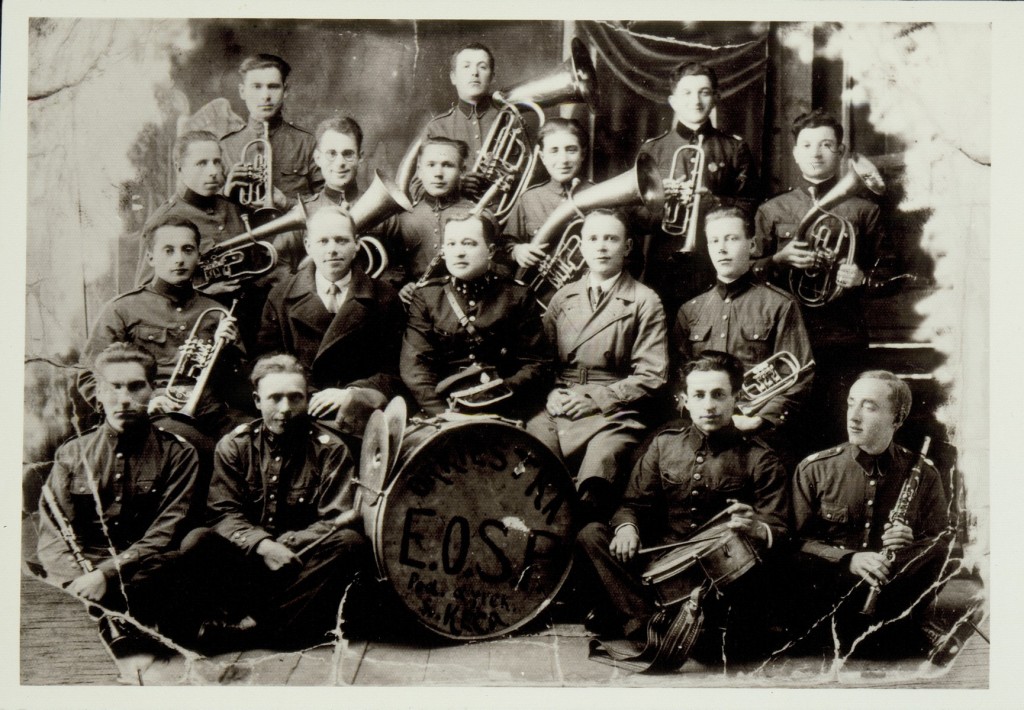
Members of Eyshishok's fire department orchestra, which included both Jewish and Polish musicians. An orchestra pit was built in the community’s firehouse during World War I (1914–1918). Located in the market square, the firehouse also held theater performances.
Item View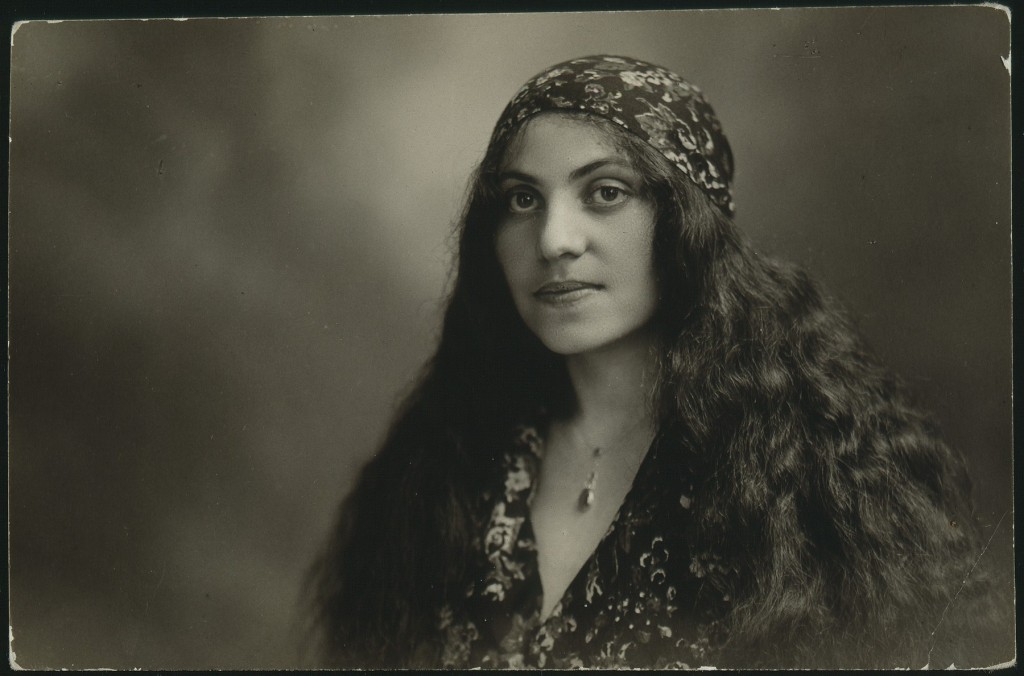
Portrait of Szeina Katzenelenboigen, a Jewish actress and hotel owner in Eyshishok. Szeina was fluent in five languages and helped establish a library in the community. Photo taken in Bialystok, Poland.
When German forces occupied Eyshishok in June 1941, they took over Szeina’s hotel and used it as their local headquarters. German Einsatzkommando 3 and Lithuanian auxiliary forces later killed Szeina during the September 1941 massacre.
Item View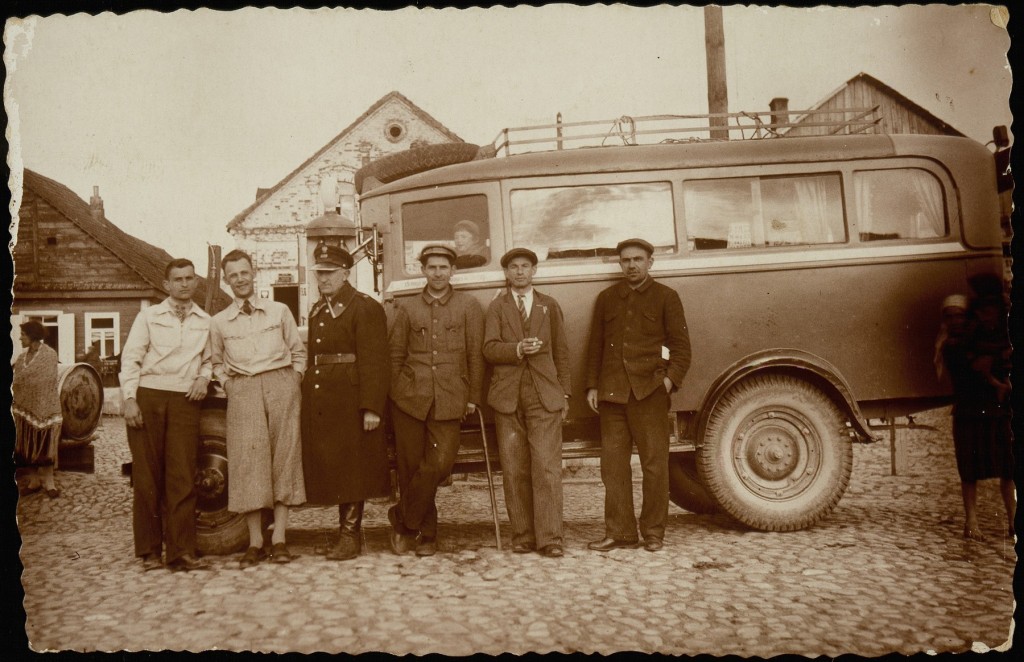
A group of men stands in front of a bus parked by Eyshishok’s bus stop and Shell gas station. From left to right are: two unidentified bus drivers, a local Polish policeman, Avraham Krisilov, Israel Erlich, and Moshe Slonimski. Behind them, a child smiles from the driver’s seat.
Avraham and Moshe, who co-owned the gas station, were murdered during the September 1941 massacre in Eyshishok. Israel was killed separately.
Item View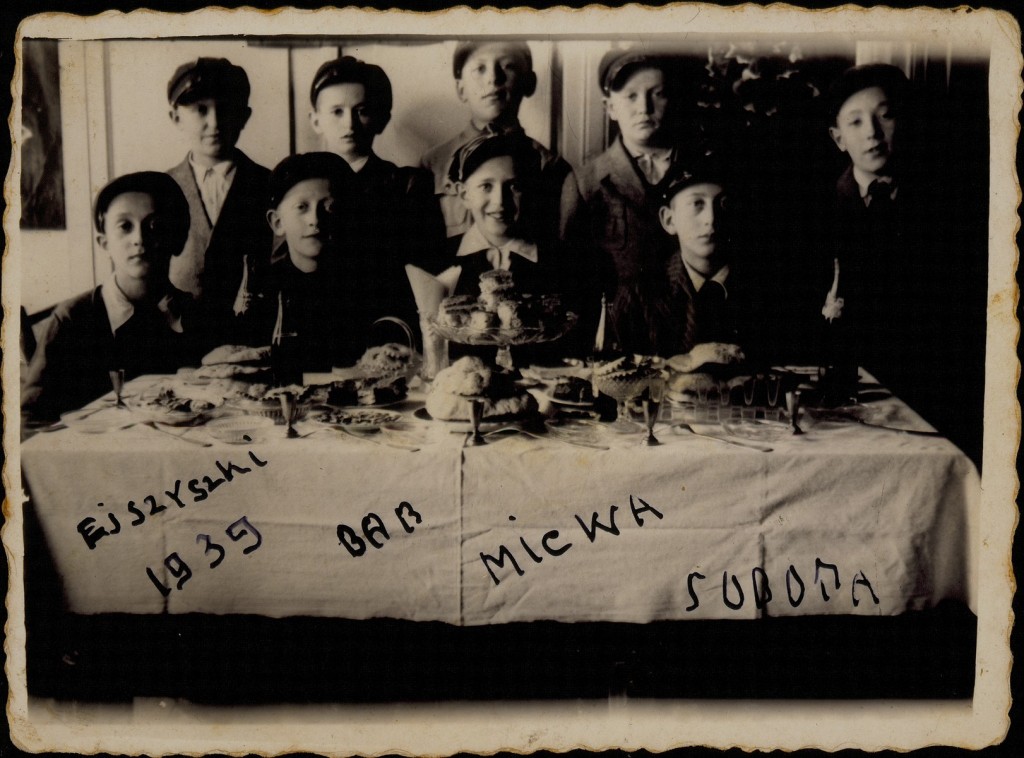
A group of friends celebrates Avremele Botwinik’s bar mitzvah in Eyshishok in 1939. Avremele sits in the center, smiling behind the cake. Seated near him are Moshe Bastunski (second from the left) and Avigdor Katz (right). Standing behind Avremele are Elisha Koppelman (second from the left) and Moshe Kaplan (second from the right).
Avremele became a partisan, and was the only person in the photograph to survive World War II. Seven of the children were murdered in the September 1941 massacre in Eyshishok. Elisha was killed separately.
Item View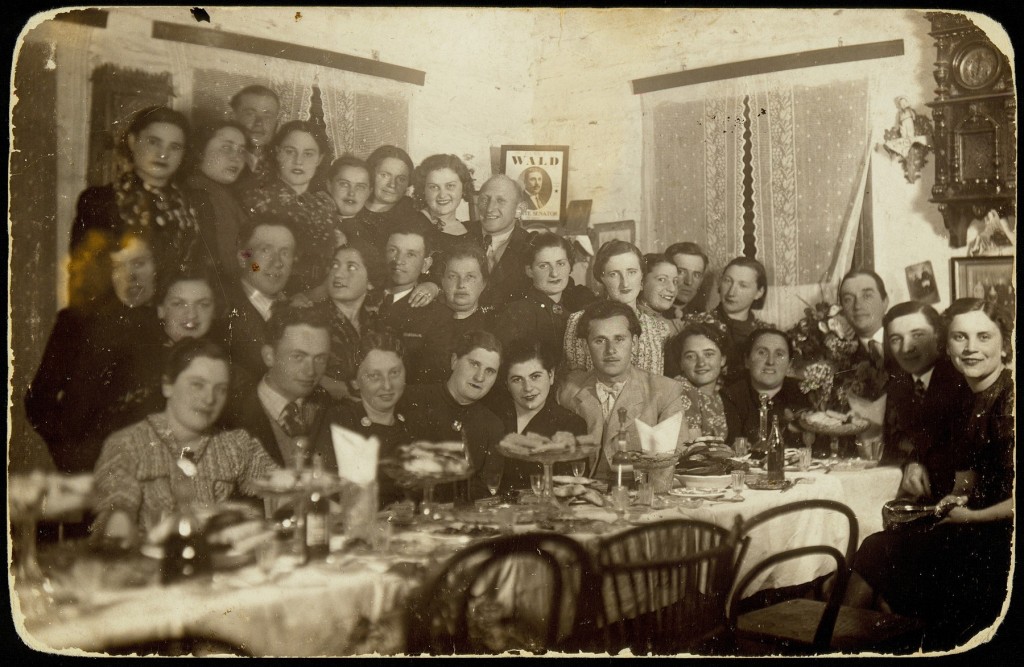
A group gathers in Eyshishok to honor a young woman before her departure to Palestine. Most of the individuals in this photo were murdered during the Holocaust. Miriam Kabacznik (middle row, fourth from the right) and Szeina Blacharowicz (middle row, far right) survived in hiding.
Item View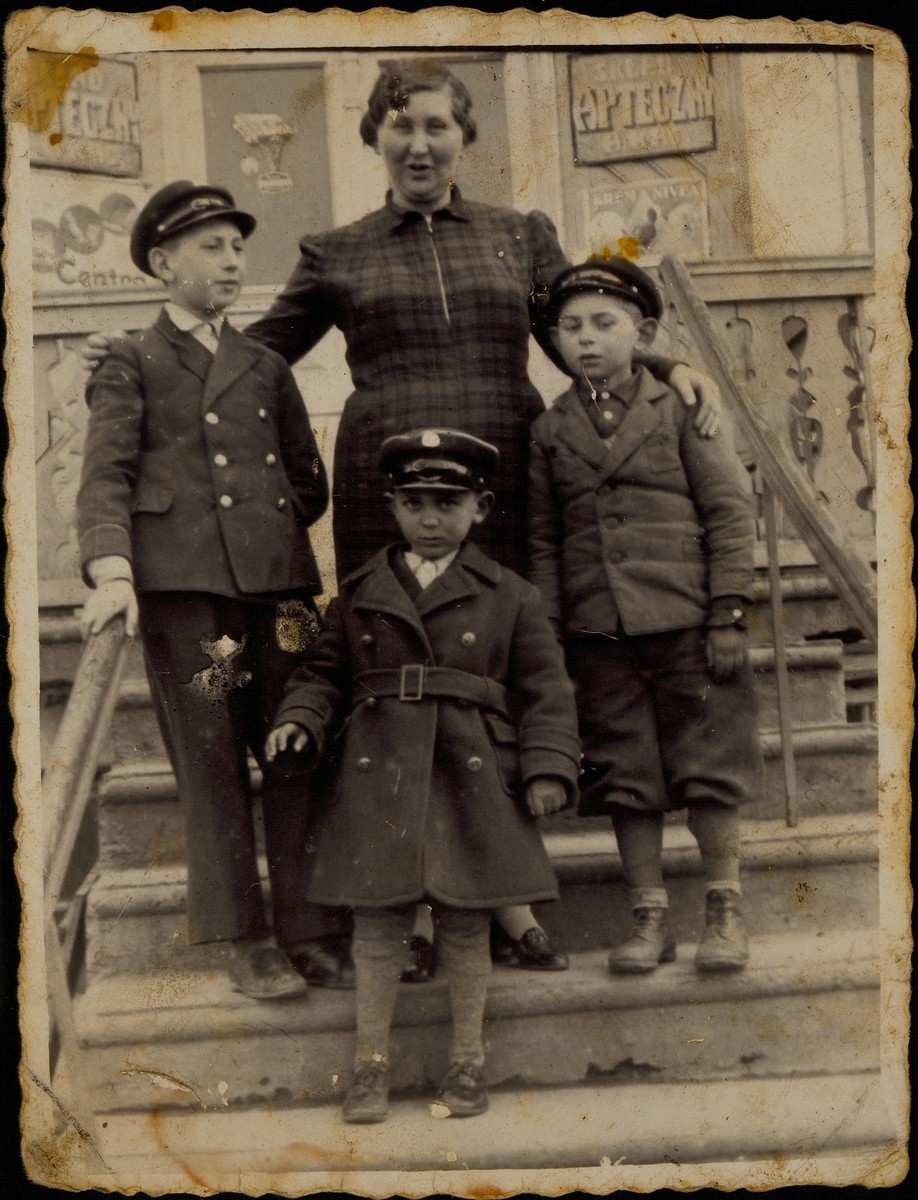
Alte Katz poses with family members on the steps of her photo studio and pharmacy in Eyshishok's main square. Her arms are wrapped around her son Avigdor (left) and her grandson Yitzhak (right). Standing in front is Alte’s great-nephew Shaul.
In September 1941, German Einsatzkommando 3 and Lithuanian auxiliary forces shot and killed Alte, Avigdor, and Shaul. Yitzhak survived the Holocaust in hiding.
Item View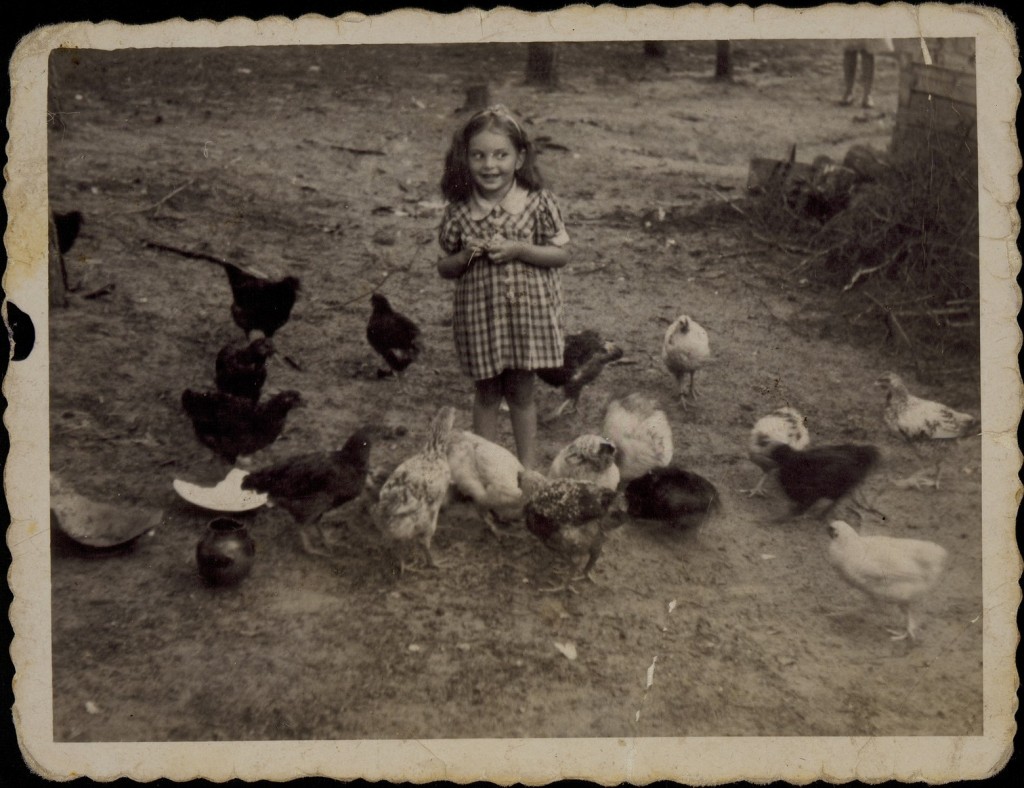
Yaffa Eliach (née Sonenson) feeds chickens in front of her family’s summer home in Tetlance on June 23, 1941. Behind the camera is her grandmother Alte Katz, who owned a photo studio in Eyshishok. Yaffa survived the Holocaust in hiding, but her grandmother was murdered.
Years later, Yaffa set out to recapture memories of life in Eyshishok before the Holocaust. Over 15 years, she traveled around the world in search of photographs of the community. More than 1,000 of the images she collected are now displayed in a three-story tower at the United States Holocaust Memorial Museum.
Item View
We would like to thank Crown Family Philanthropies, Abe and Ida Cooper Foundation, the Claims Conference, EVZ, and BMF for supporting the ongoing work to create content and resources for the Holocaust Encyclopedia. View the list of donor acknowledgement.